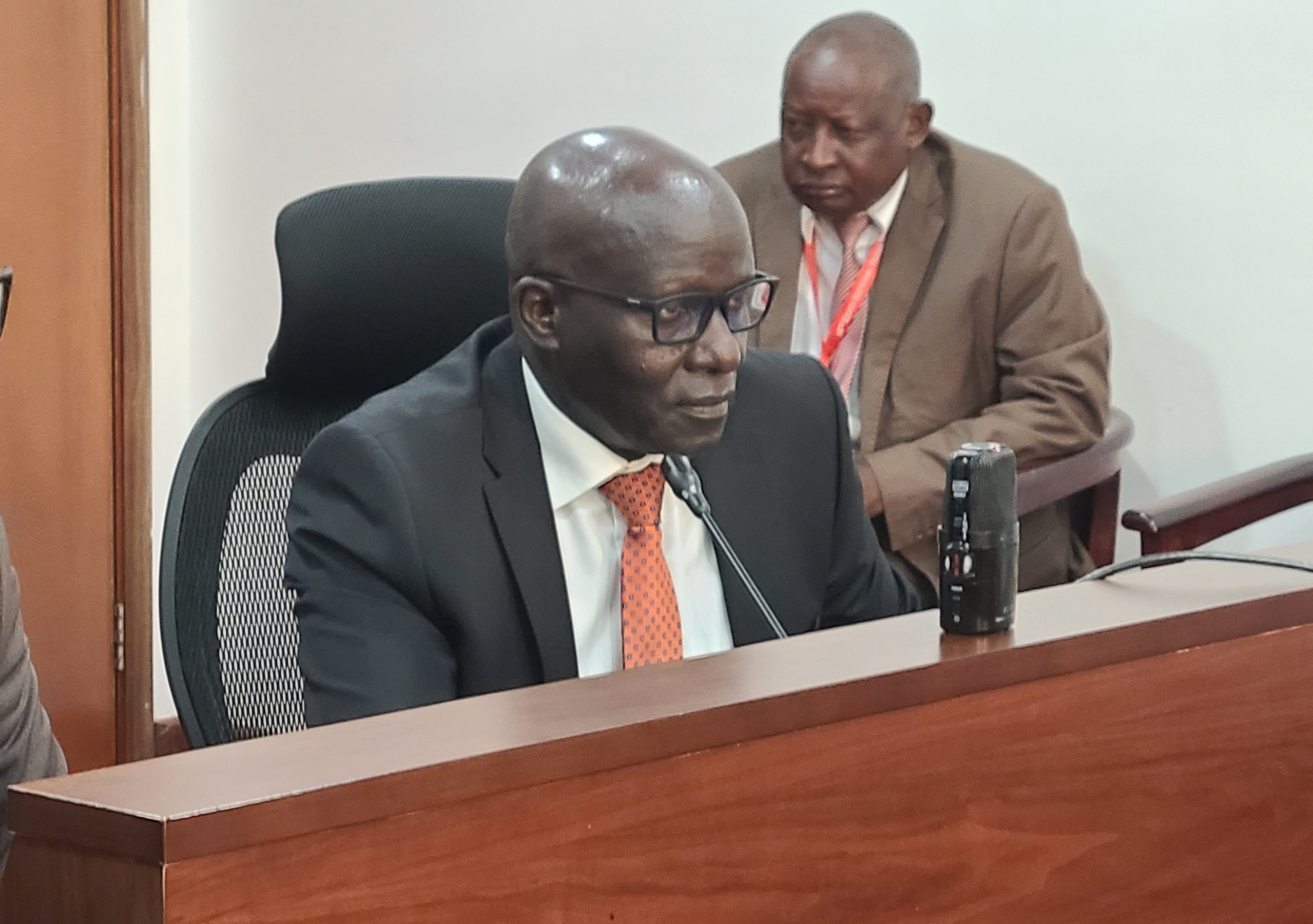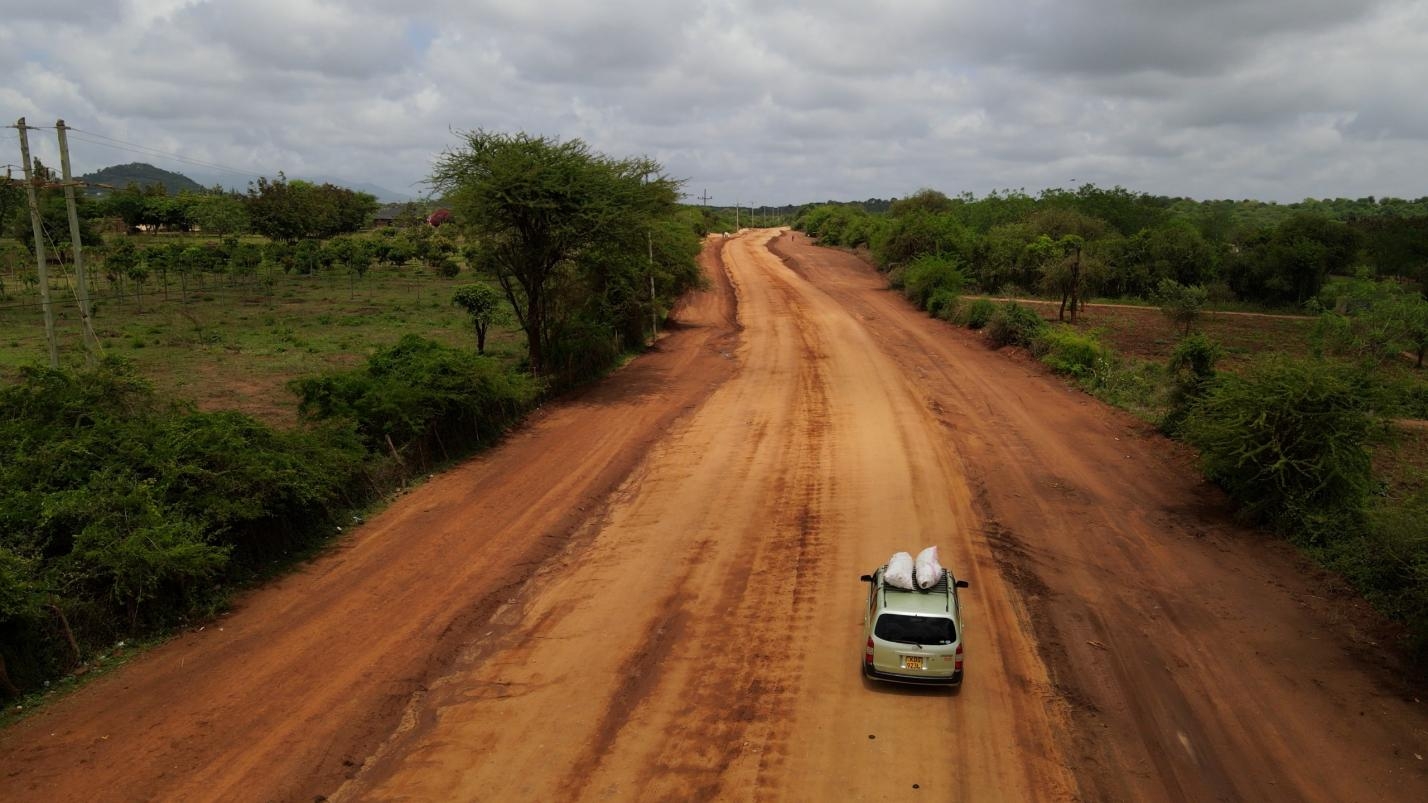A women's group in Nandi County has launched a frantic campaign to restore the endangered King'wal marsh habitat.
Human activities, such as tree felling for charcoal production, have posed a hazard to the ecosystem.
The Chekaldet Women's Self-Help Group in Kapchumba has raised seedlings for planting in the wetland.
Jepchirchir Bett, a leader of the 20-member organisation, described how they responded to a request to protect the natural habitat of Sitatunga from farming and hunting in the neighbourhood.
"Women contributed to the degradation of the environment. We used to fetch firewood from the forest, and it opened up swathes of land for farming,” said Bett.
The wetland has become an important food source, including vegetables and cereals. The villagers' farms stretch to the riparian land along Kimondi, Mateket, Belekenya, Kapkonyany, Kapchepsir, and Kipsasuron.
The King'wal marsh has been a productive ecosystem for hundreds of endangered Sitatunga antelopes. However, the ecology is becoming increasingly limited because of ongoing human activity.
The conspicuous absence of protective foliage has made the antelopes susceptible to hunting.
According to the 2022 Kenya Wildlife Service (KWS) report, the population of Sitatunga antelopes was about 200. However, a spot check by the Star revealed that the area is now almost bare land.
The canopy of reeds and indigenous trees has dwindled in the vast water tower that runs through the heart of Chesumei Constituency in Nandi.
Locals have encroached on its margins and drained water to create space for farming, as the Sitatunga, a rare semi-aquatic antelope, continues to feel the burden of unlawful actions that have reduced water availability.
Every home relied on King'wal Swamp as a primary supply of charcoal and firewood for domestic and commercial use.
The people shifted from farming to growing exotic trees in the riverbank springs after the Nandi government implemented environmental conservation rules in 2018.
Dog attacks and hunting are two things that prevent wildlife from proliferating.
“Last year, we met and launched environmental conservation projects. We discovered a shortage of indigenous trees and resolved to generate seedlings to be grown,” said Bett.
The group mobilised resources from well-wishers and environmental conservators and started with more than Sh500,000, which they used to purchase seeds and polythene tubes. They also leased a half-acre parcel of land and established a seedbed.
It is almost two years since they started, and Esther Tanui, the treasurer of the initiative, said that they produced over two million seedlings of the Indigenous trees and planted 500,000 along the King’wal swamp.
“We aim to grow five million seedlings by 2025 but lack enough money to roll out the exercise. We have to sell some seedlings to source funds to pay for labour and transportation costs,” she stated.
They spend some money maintaining the developed trees on roughly 50 acres in King'wal Swamp. The native trees they are cultivating include Biribiriet, Tendwet, Lamaonik, Kenduiwet, Mwarubaini, and Chemakaldok.
At first, a wide range of native trees filled the Kingwal marsh. Esther said these trees were a significant source of herbal medicine for the community.
“There are no more herbal trees, and we have taken into consideration planting mostly trees that were used to treat ailments in the community,” she further stated.
They are looking forward to getting more funds from the government through the ongoing tree-growing initiative, which aims to grow 10 billion trees by 2030.
“We need sustainable environmental conservation measures. The government should engage youth and women to grow trees, which will affect the community economically,” said Tanui.
She said millions of dollars are being spent on tree growing, adding that the government should involve youth in growing trees in conservation areas.

















